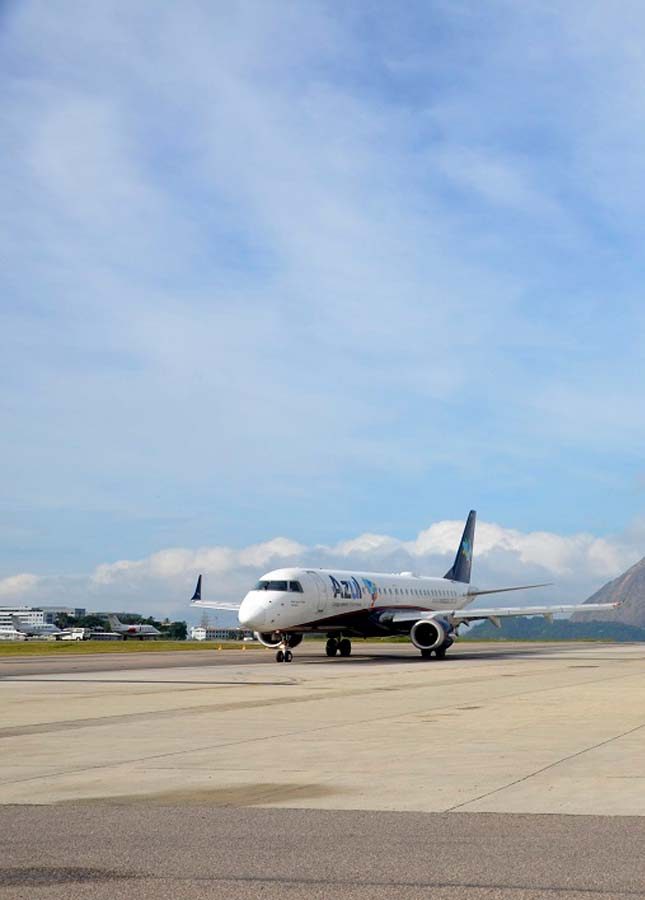1. Introduction
Rio de Janeiro Santos Dumont Airport, situated in the heart of Rio de Janeiro, Brazil, is a bustling aviation hub that has been a pivotal player in the country’s air travel landscape. Named after the aviation pioneer Alberto Santos Dumont, the airport serves as a crucial gateway for both domestic and international flights, contributing to the vibrant and dynamic atmosphere of the city.
2. Location
It is situated along the picturesque Guanabara Bay, Santos Dumont Airport boasts a prime location within Rio de Janeiro. Its proximity to the city center makes it a convenient choice for travelers, providing swift access to popular tourist attractions, business districts, and cultural landmarks, enhancing the overall travel experience.
3. History
It was inaugurate in 1936, Santos Dumont was Brazil’s first commercial airport, witnessing the birth of civil aviation in the country. Throughout the decades, it served as Rio’s main gateway, welcoming international flights and hosting iconic moments like the arrival of Pope John Paul II in 1982. While eclipsed by the larger Galeão Airport in later years, Santos Dumont regained its prominence in the 2010s, catering to domestic travel and becoming the heart of Rio’s air travel scene.
4. Facilities
Despite its compact size, Santos Dumont offers a surprising array of facilities. Duty-free shops cater to last-minute souvenirs, while restaurants and cafes provide pre-flight refreshments. Business travelers can access a dedicated lounge, and currency exchange counters and ATMs ensure financial convenience. The passenger terminal features comfortable seating areas, information desks, and free Wi-Fi, keeping everyone connected during their journey.
5. Airlines and Destinations
Major domestic airlines like Azul, LATAM, and GOL operate from Santos Dumont, connecting Rio to over 50 destinations across Brazil. Popular routes include São Paulo, Belo Horizonte, and Salvador, making it a vital hub for business and leisure travel within the country. International flights are limited, with Panama City and Buenos Aires among the few direct connections.
6. Transportation Infrastructure
Public buses provide the most affordable option for reaching the city center, while taxis and ride-hailing apps offer faster and more comfortable alternatives. MetroRio, the city’s subway system, is accessible via connecting buses, providing wider connections across the city. Car rentals are also available for those seeking self-exploring adventures.
7. Cargo Operations
While primarily focused on passenger traffic, Santos Dumont handles a significant amount of cargo, accounting for over 60% of air cargo movements in Rio de Janeiro. Its dedicated cargo terminal facilitates efficient logistics for businesses and industries across the region, contributing to the city’s economic dynamism.
